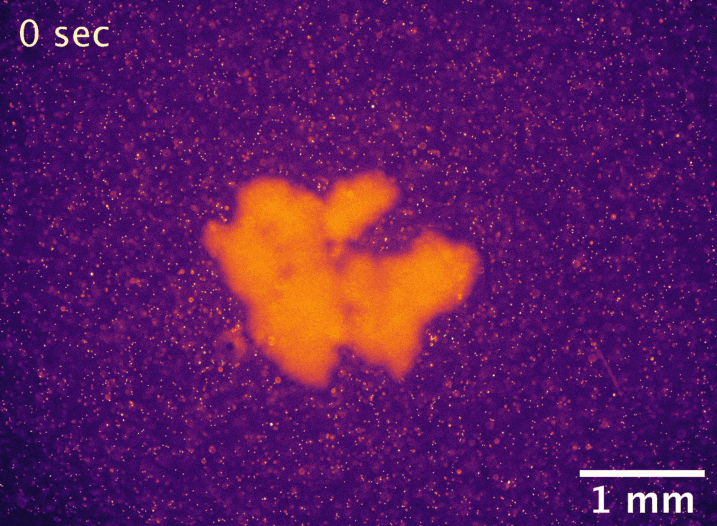We have a new paper in Science Advances on how snowflake yeast overcome diffusion limits via metabolically-driven flow. It was co-first-authored by Emma Bingham, in collaboration with the Thutupalli lab at NCBS and the Ratcliff lab at Georgia Tech.

The ecological and evolutionary success of multicellular lineages stems substantially from their increased size relative to unicellular ancestors. However, large size poses biophysical challenges, especially regarding nutrient transport: These constraints are typically overcome through multicellular innovations. Here, we show that an emergent biophysical mechanism—spontaneous fluid flows arising from metabolically generated density gradients—can alleviate constraints on nutrient transport, enabling exponential growth in nascent multicellular clusters of yeast lacking any multicellular adaptations for nutrient transport or fluid flow. Beyond a threshold size, the metabolic activity of experimentally evolved snowflake yeast clusters drives large-scale fluid flows that transport nutrients throughout the cluster at speeds comparable to those generated by ciliary actuation in extant multicellular organisms. These flows support exponential growth at macroscopic sizes that theory predicts should be diffusion limited. This demonstrates how simple physical mechanisms can act as a “biophysical scaffold” to support the evolution of multicellularity by opening up phenotypic possibilities before genetically encoded innovations.

